Home>Maintenance & Safety>Safety Equipment & Products>How To Childproof A Cabinet
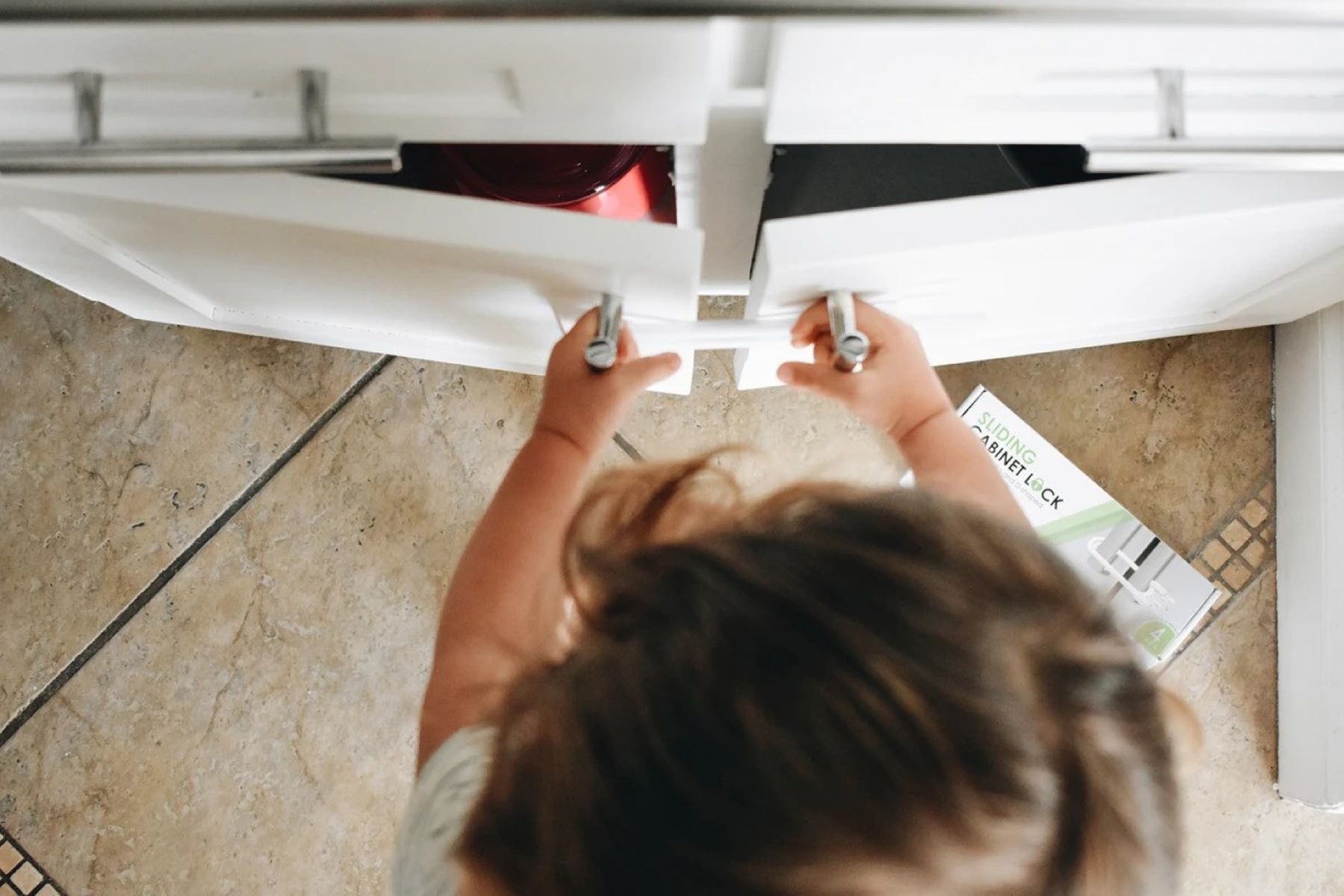

Safety Equipment & Products
How To Childproof A Cabinet
Published: January 5, 2024
Learn how to childproof your cabinets with the best safety equipment and products. Keep your little ones safe at home with our expert tips and recommendations.
(Many of the links in this article redirect to a specific reviewed product. Your purchase of these products through affiliate links helps to generate commission for Storables.com, at no extra cost. Learn more)
Introduction
Childproofing a cabinet is a crucial step in creating a safe environment for toddlers and young children. Cabinets often store household items that can pose significant risks to curious little ones, such as cleaning supplies, sharp objects, and choking hazards. As a responsible caregiver or parent, it's essential to take proactive measures to prevent accidents and injuries.
In this comprehensive guide, we will explore the various aspects of childproofing cabinets, from assessing potential risks to selecting the right childproofing products and installing them effectively. By following these guidelines, you can significantly reduce the likelihood of accidents and create a secure space for your child to explore.
Childproofing isn't just about safety; it's also about providing peace of mind for parents and caregivers. By taking the time to childproof cabinets properly, you can foster a nurturing environment where children can thrive without unnecessary risks. Let's delve into the essential steps and considerations for childproofing cabinets to safeguard your little ones and promote a worry-free household.
Key Takeaways:
- Childproofing cabinets is crucial for keeping kids safe from household hazards like cleaning supplies and sharp objects. Assess risks, choose durable products, and maintain them for ongoing safety.
- By installing childproofing devices and maintaining them, parents can create a secure environment for kids to explore and learn without unnecessary risks. It’s about fostering a safe and enriching living space.
Read more: How To Childproof Cabinets Without Handles
Assessing the Risks
Before embarking on the childproofing journey, it’s crucial to conduct a thorough assessment of the potential risks lurking within your cabinets. Start by taking inventory of the items stored in each cabinet, paying close attention to any hazardous materials or objects that could harm a child. Common items to watch out for include sharp utensils, toxic cleaning agents, small objects that pose choking hazards, and heavy items that could cause injury if they were to fall.
Consider the accessibility of the cabinets as well. Are they within easy reach of your child? Can they be opened without much effort? Understanding how easily your child can access the contents of the cabinets will help you gauge the level of childproofing required.
Furthermore, assess the structure and stability of the cabinets themselves. Are the doors secure, or do they swing open easily? Are there any sharp edges or protruding elements that could pose a danger? By scrutinizing these aspects, you can identify potential hazards and tailor your childproofing efforts accordingly.
It’s also essential to observe your child’s behavior and tendencies. Do they exhibit a keen interest in exploring cabinets? Understanding your child’s curiosity and habits will enable you to anticipate potential risks and address them proactively.
Finally, consider the layout of your living space. Are there any alternative storage options for hazardous items that could be out of reach for your child? Evaluating the overall environment will help you develop a comprehensive childproofing strategy that extends beyond just the cabinets.
By thoroughly assessing the risks associated with your cabinets and their contents, you can gain valuable insights that will inform your childproofing decisions and ultimately create a safer living space for your little one.
Choosing the Right Childproofing Products
When it comes to childproofing cabinets, selecting the appropriate products is paramount in ensuring effective safety measures. The market offers a wide array of childproofing solutions, each designed to address specific risks and challenges. Here are some key considerations to keep in mind when choosing childproofing products for your cabinets:
- Material and Durability: Opt for childproofing products made from durable, non-toxic materials. These products should withstand the wear and tear of daily use while ensuring the safety of your child.
- Accessibility for Adults: While the primary purpose of childproofing products is to restrict access for children, they should remain easily accessible for adults. Look for products that allow convenient access for caregivers and other household members.
- Customizability: Cabinets come in various shapes and sizes, so it’s essential to choose childproofing products that can be customized to fit your specific cabinet dimensions and configurations.
- Effectiveness: Consider the effectiveness of the childproofing products in deterring a child’s attempts to open the cabinets. Look for features such as secure locking mechanisms and sturdy construction.
- Ease of Installation: Opt for products that are easy to install and remove, especially if you are renting your home or prefer non-permanent solutions. This ensures that you can implement childproofing measures without causing damage to the cabinets.
Common childproofing products for cabinets include magnetic locks, latches, and adjustable straps. Magnetic locks provide a discreet and secure locking mechanism, while latches offer a simple yet effective way to prevent cabinet doors from being opened. Adjustable straps are versatile and can be used to secure various types of cabinets.
It’s important to consider the specific needs of your household and the temperament of your child when choosing childproofing products. Some children may be particularly persistent in their attempts to bypass safety measures, necessitating more robust solutions.
By carefully evaluating the features and suitability of childproofing products, you can make informed decisions that align with your child’s safety needs and your household dynamics.
Install childproof locks on cabinet doors to prevent little ones from accessing potentially harmful items. These locks can be easily installed and provide an extra layer of protection for your child.
Installing Childproofing Devices
Once you have selected the appropriate childproofing products for your cabinets, the next crucial step is to ensure their correct installation. Proper installation is essential to guarantee the effectiveness of the childproofing devices and provide the highest level of safety for your child.
Before you begin the installation process, carefully read the manufacturer’s instructions provided with the childproofing products. These instructions often contain valuable guidance on the installation process, including any specific tools or techniques required.
Here are the general steps to follow when installing common childproofing devices:
- Magnetic Locks: Magnetic locks typically consist of two components: a lock that attaches to the inside of the cabinet door and a magnetic key that operates the lock. Follow the manufacturer’s instructions to affix the lock and ensure that it aligns properly with the corresponding magnetic key.
- Latches: Latches are relatively easy to install and often require no tools. They are designed to latch onto the cabinet doors, preventing them from being opened by young children. Ensure that the latches are securely attached and that they effectively restrict the cabinet doors from opening.
- Adjustable Straps: Adjustable straps are versatile and can be used to secure cabinet doors as well as drawers. Follow the instructions to adjust the straps to the appropriate length and affix them securely to the cabinets, ensuring that they provide a strong barrier against unauthorized access.
During the installation process, it’s crucial to test the childproofing devices to ensure that they function as intended. Attempt to open the cabinets using various degrees of force to simulate a child’s attempts to access them. This will help you identify any potential issues with the installation and make necessary adjustments to enhance the security of the cabinets.
Furthermore, consider the visibility of the childproofing devices. While they are designed to be inconspicuous, it’s important to ensure that they do not hinder the functionality or aesthetics of the cabinets. Strive to strike a balance between effective childproofing and maintaining the visual appeal of your living space.
By following the manufacturer’s instructions and conducting thorough testing, you can install childproofing devices with confidence, knowing that your cabinets are effectively safeguarded against unauthorized access by young children.
Maintaining Childproofing Measures
While installing childproofing devices is a crucial step in creating a safe environment for your child, it’s equally important to maintain these measures to ensure their ongoing effectiveness. Over time, wear and tear, changes in cabinet usage, and the natural curiosity of children can impact the integrity of childproofing devices. Here are essential tips for maintaining childproofing measures:
- Regular Inspections: Schedule periodic inspections of the childproofing devices installed on your cabinets. Check for any signs of damage, loosening, or malfunctions. Address any issues promptly to maintain the security of the cabinets.
- Adjustments as Needed: As your child grows and develops, their ability to manipulate childproofing devices may change. Be prepared to adjust the devices or upgrade to more advanced solutions to align with your child’s evolving capabilities.
- Reinforcement: If you notice that a particular area of childproofing is consistently targeted by your child, consider reinforcing it with additional measures. This could involve adding extra latches, securing straps more tightly, or exploring alternative childproofing products.
- Education and Supervision: As your child matures, it’s essential to educate them about the potential dangers of the items stored in cabinets. Teach them about safety and the importance of not attempting to access restricted areas without supervision.
- Communication with Caregivers: If your child spends time with caregivers or in alternative care settings, communicate the importance of maintaining consistent childproofing measures. Ensure that caregivers are aware of how to operate and maintain the childproofing devices.
Additionally, consider the impact of changes in your household, such as the arrival of a new sibling or modifications to the layout of your living space. These changes may necessitate a reevaluation of your childproofing measures to adapt to evolving circumstances.
By staying vigilant and proactive in maintaining childproofing measures, you can uphold a secure environment for your child while mitigating potential risks associated with cabinet accessibility.
Read more: What Makes Childproof Containers Childproof?
Conclusion
Childproofing cabinets is a fundamental aspect of creating a safe and nurturing environment for young children. By assessing potential risks, selecting the right childproofing products, and installing them effectively, caregivers and parents can significantly reduce the likelihood of accidents and injuries in the home. Moreover, maintaining childproofing measures ensures ongoing protection for children as they grow and explore their surroundings.
It’s important to approach childproofing with a comprehensive mindset, considering not only the contents of the cabinets but also the accessibility and structural aspects of the cabinets themselves. By taking these factors into account, caregivers can tailor their childproofing efforts to address specific risks and challenges present in their living space.
Choosing childproofing products that are durable, effective, and easily adaptable to different cabinet configurations is essential for creating a secure environment. The installation process should be approached with care, following manufacturer’s instructions and conducting thorough testing to ensure the devices function as intended.
As children grow and develop, maintaining childproofing measures becomes an ongoing responsibility. Regular inspections, adjustments based on the child’s capabilities, and reinforcement of childproofing devices are essential for upholding a consistent level of safety in the home.
Ultimately, childproofing cabinets is not only about mitigating risks; it’s about fostering an environment where children can thrive without unnecessary hazards. By integrating childproofing measures into the home, caregivers and parents can provide peace of mind for themselves while allowing children the freedom to explore and learn in a secure setting.
By following the guidelines outlined in this comprehensive guide, caregivers and parents can navigate the process of childproofing cabinets with confidence, knowing that they are taking proactive steps to safeguard their children and promote a safe and enriching living environment.
Frequently Asked Questions about How To Childproof A Cabinet
Was this page helpful?
At Storables.com, we guarantee accurate and reliable information. Our content, validated by Expert Board Contributors, is crafted following stringent Editorial Policies. We're committed to providing you with well-researched, expert-backed insights for all your informational needs.

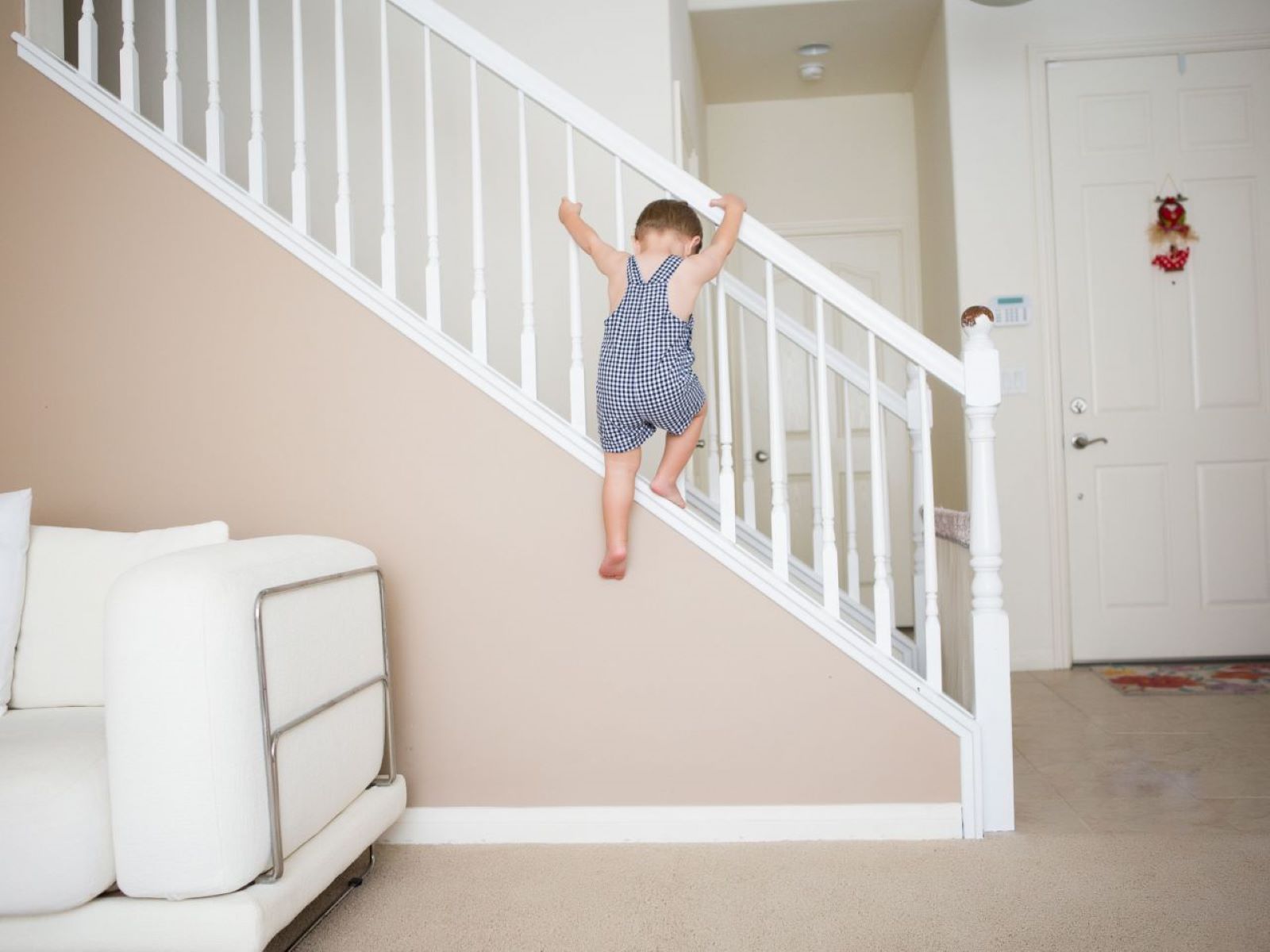
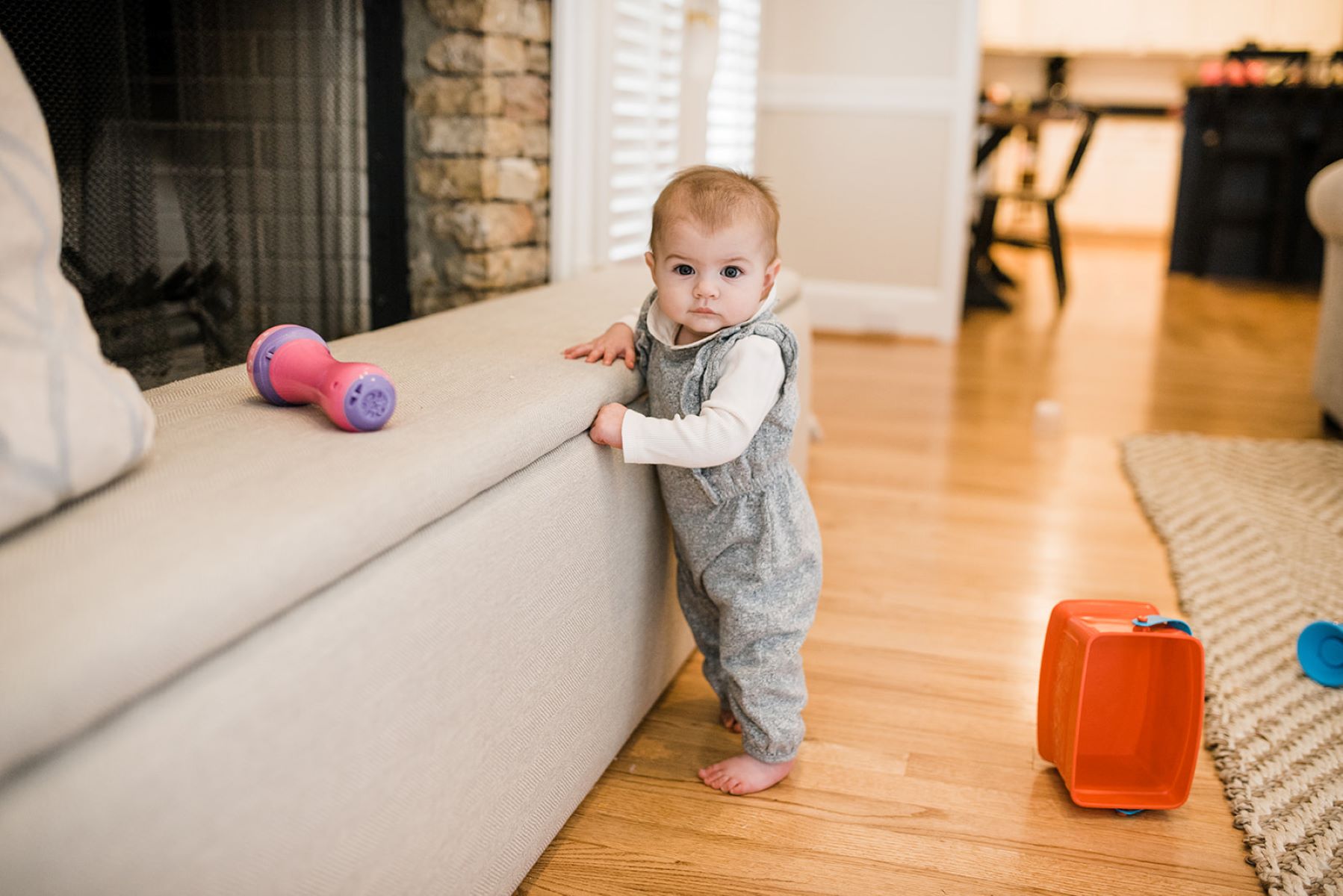
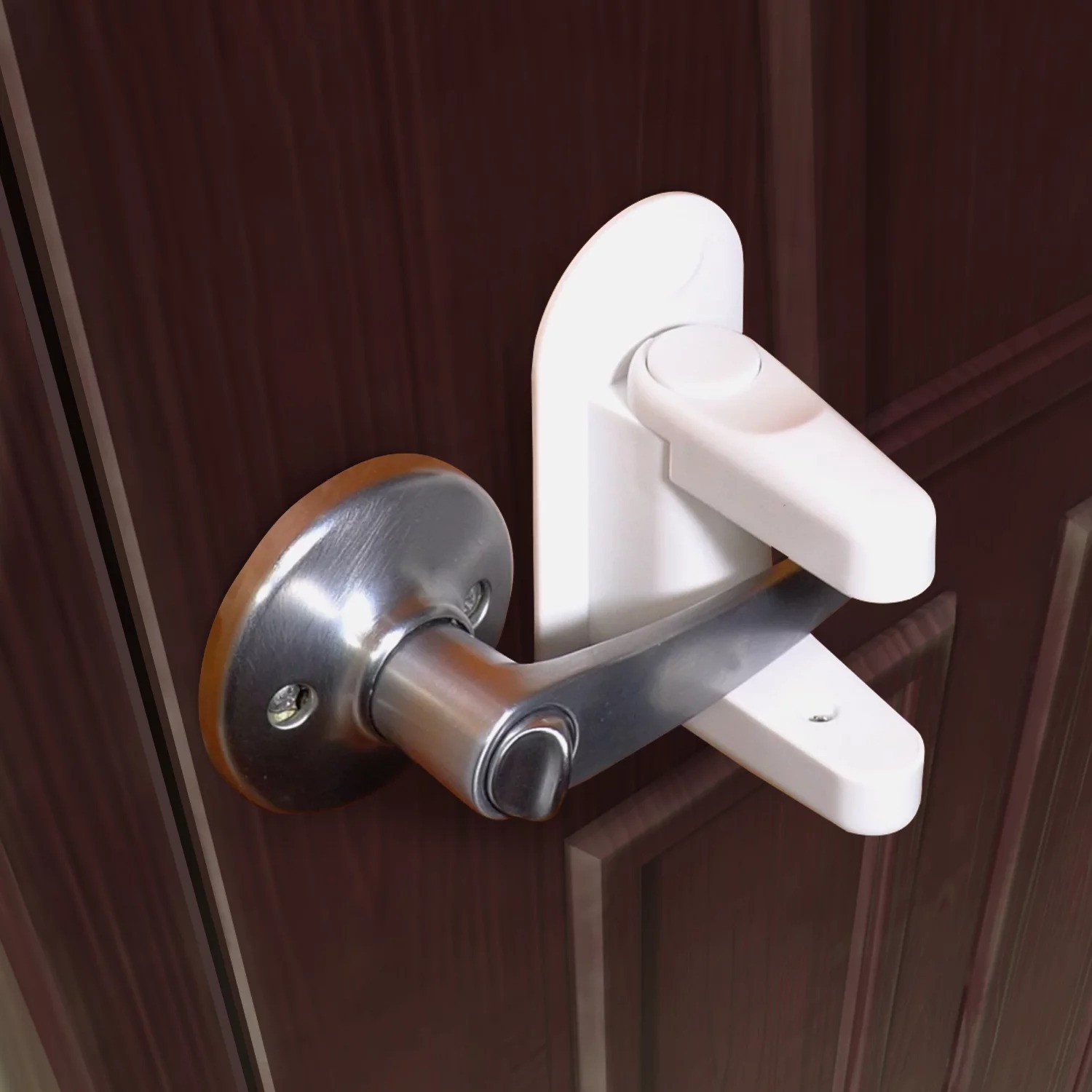
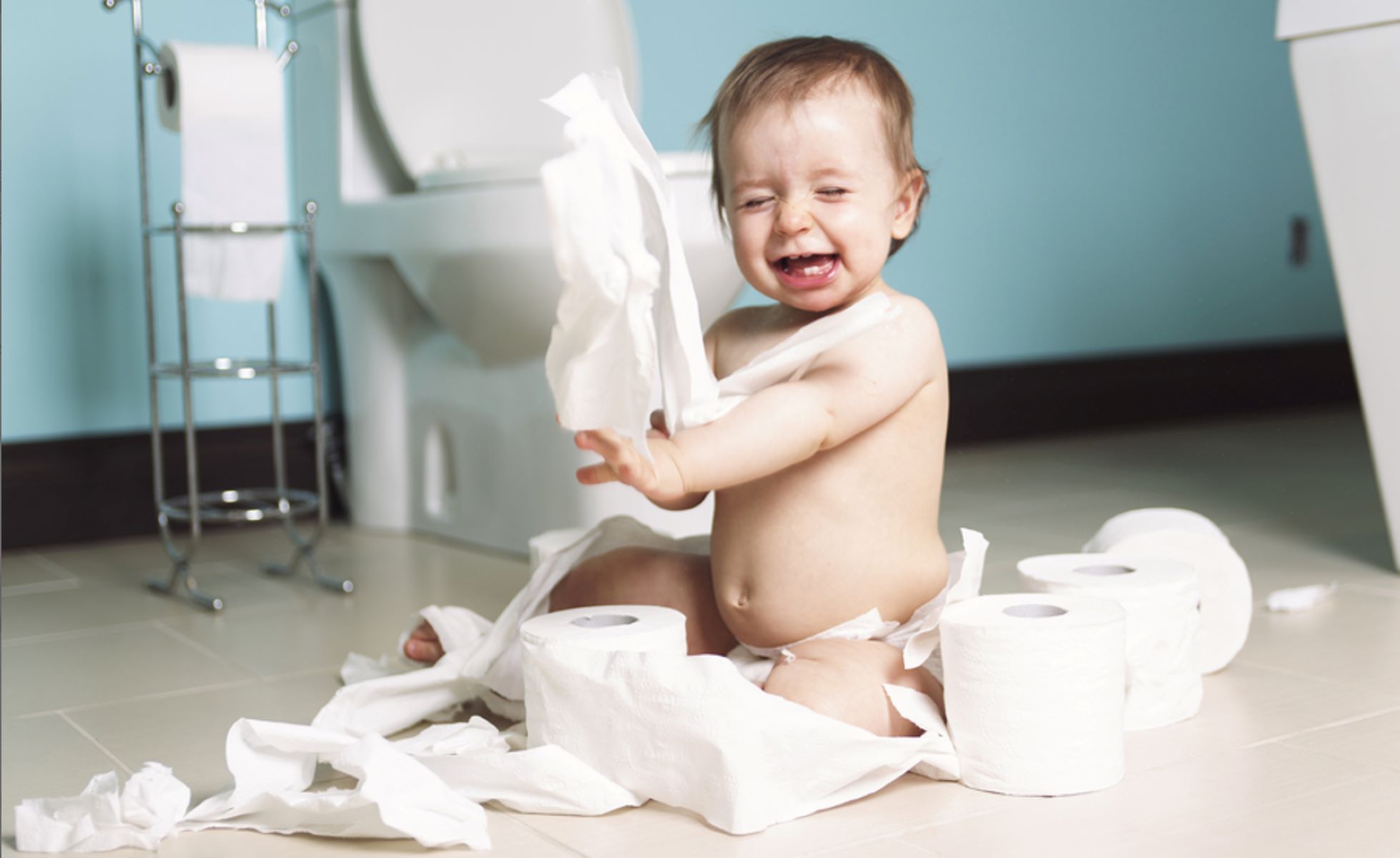
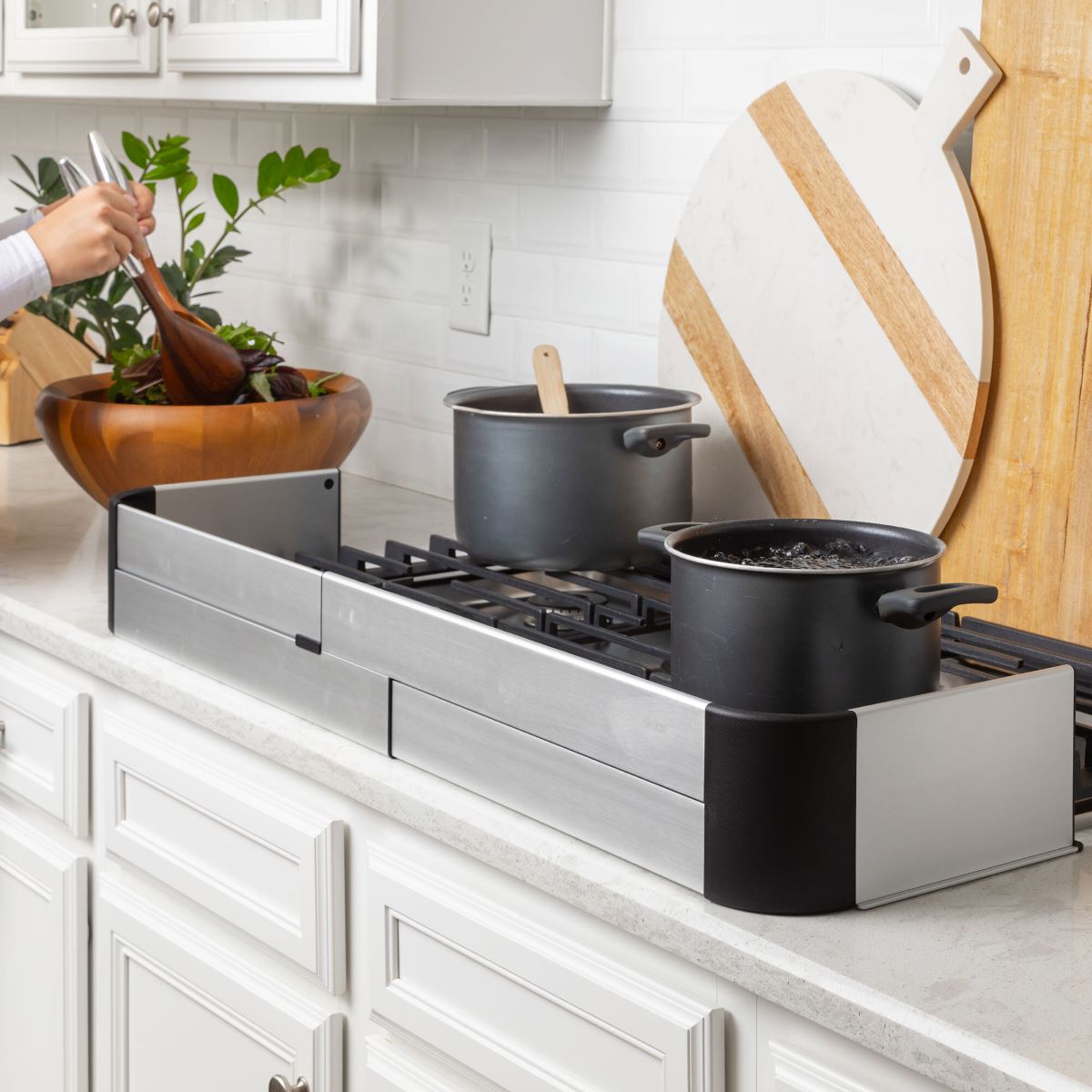
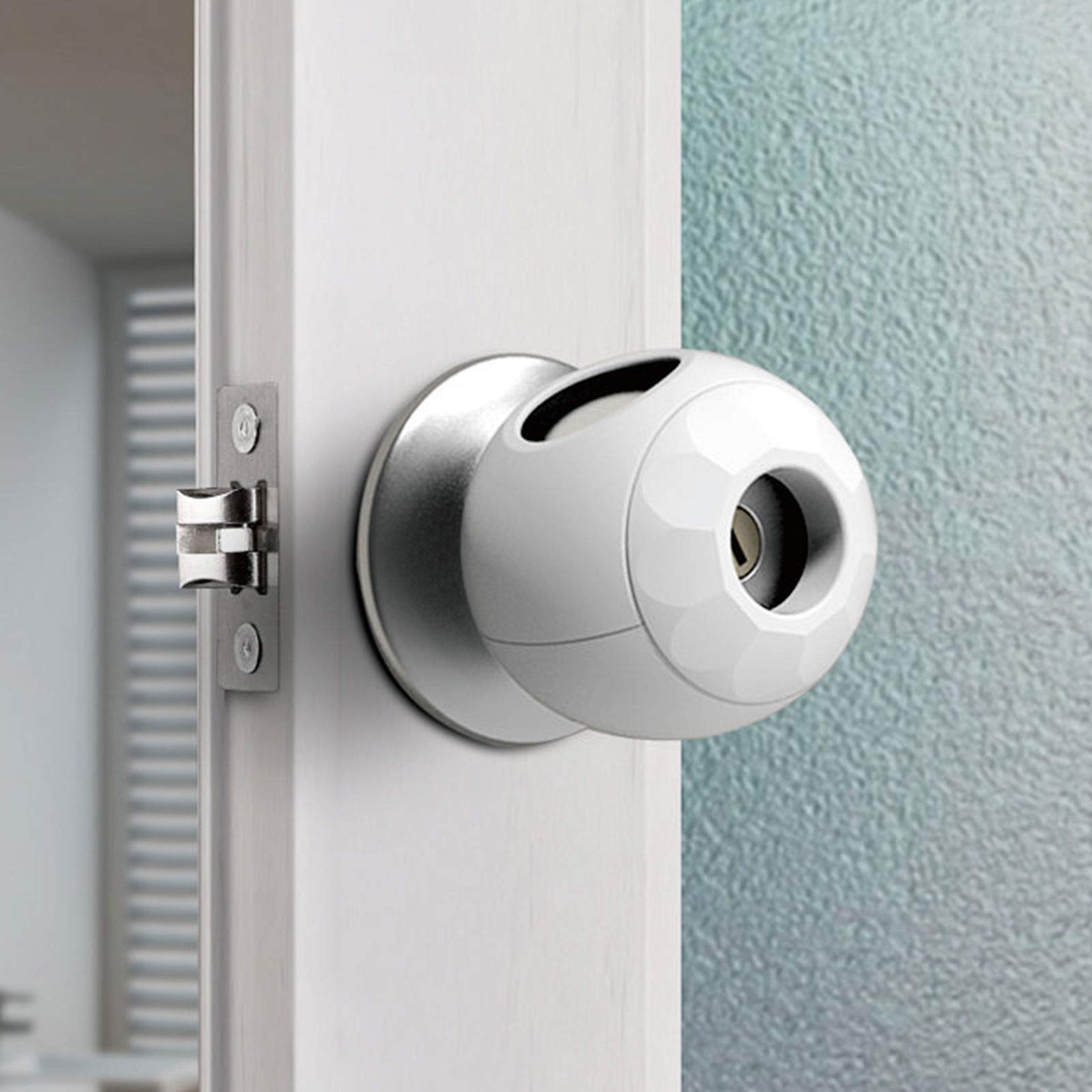
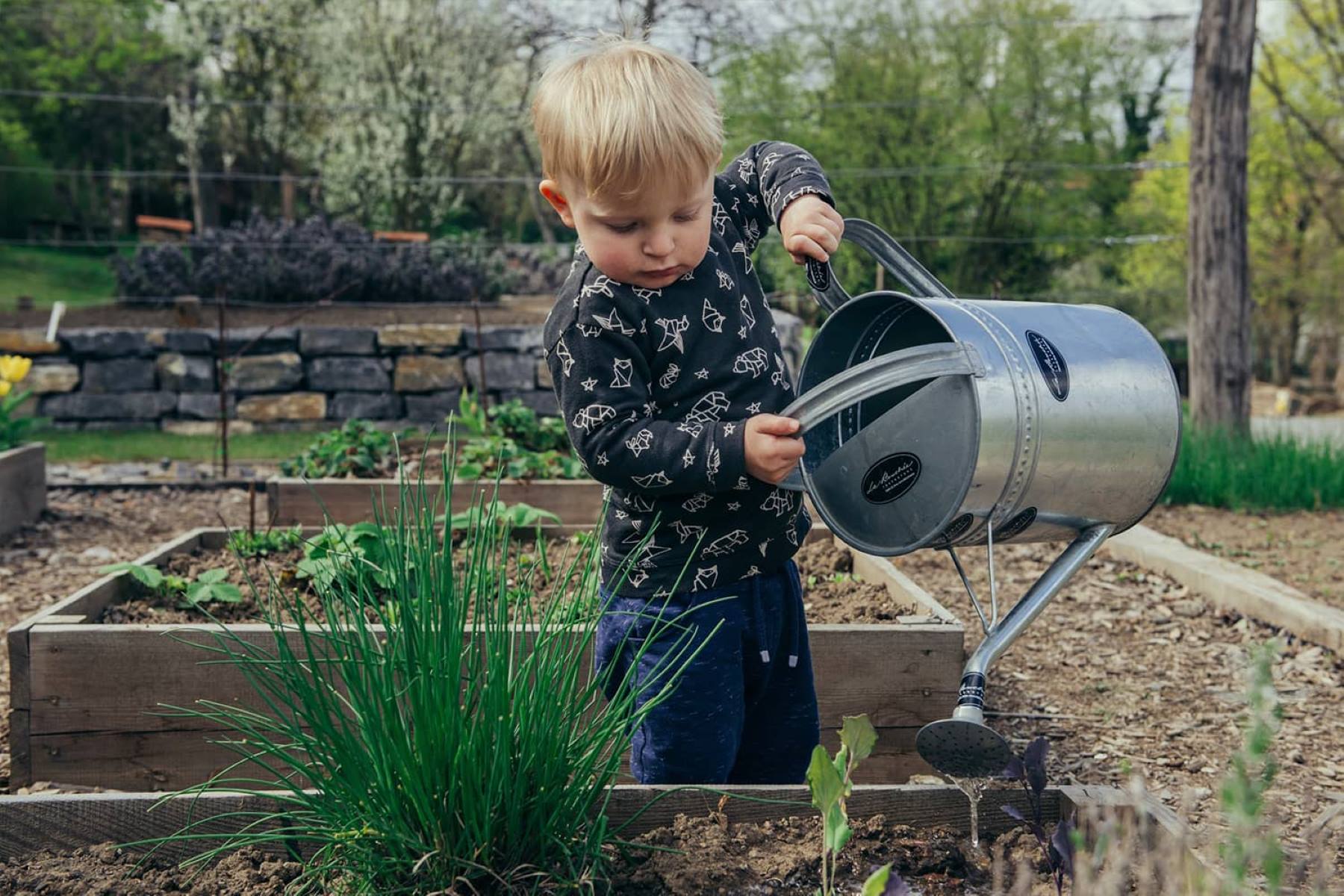
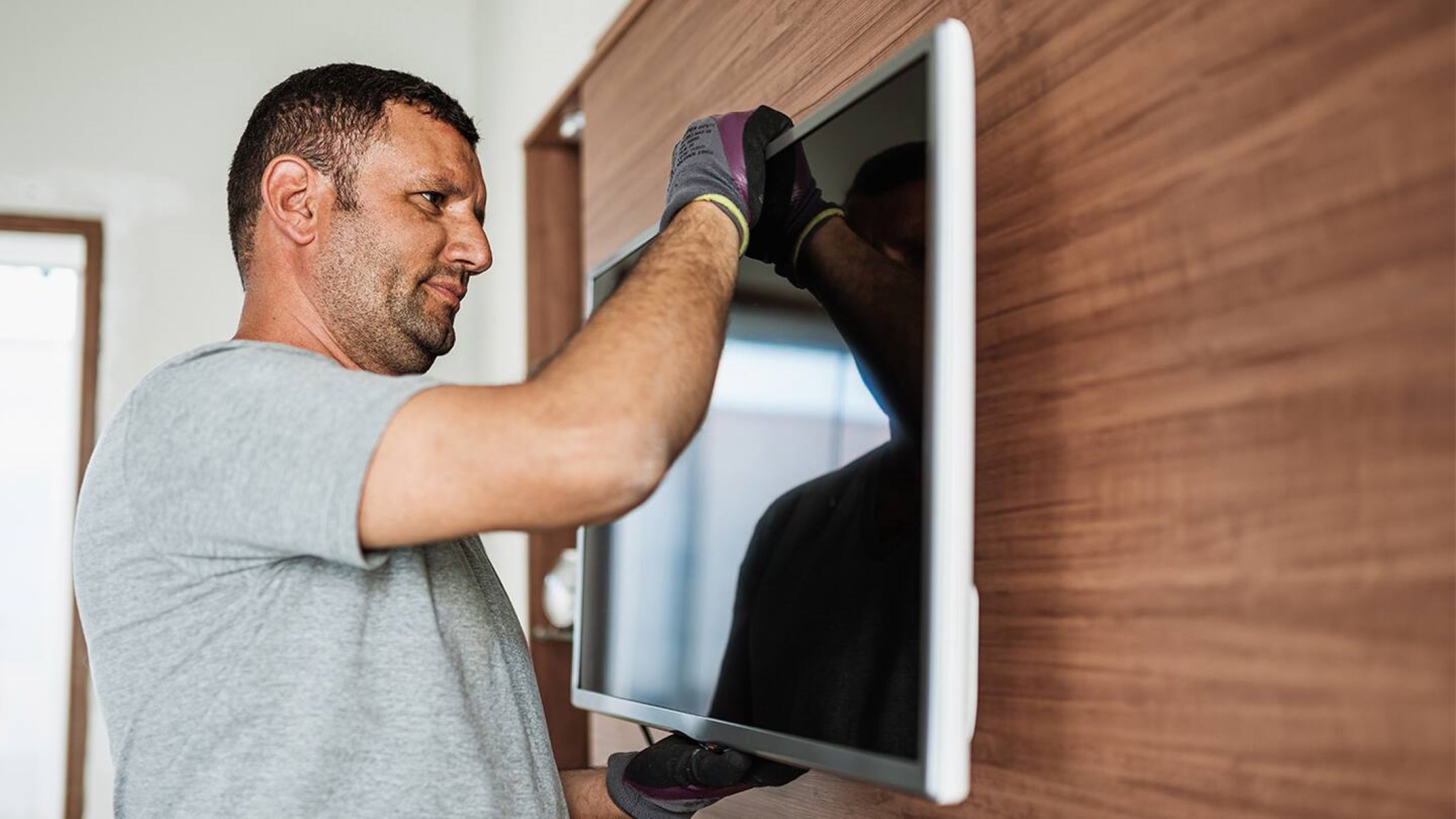
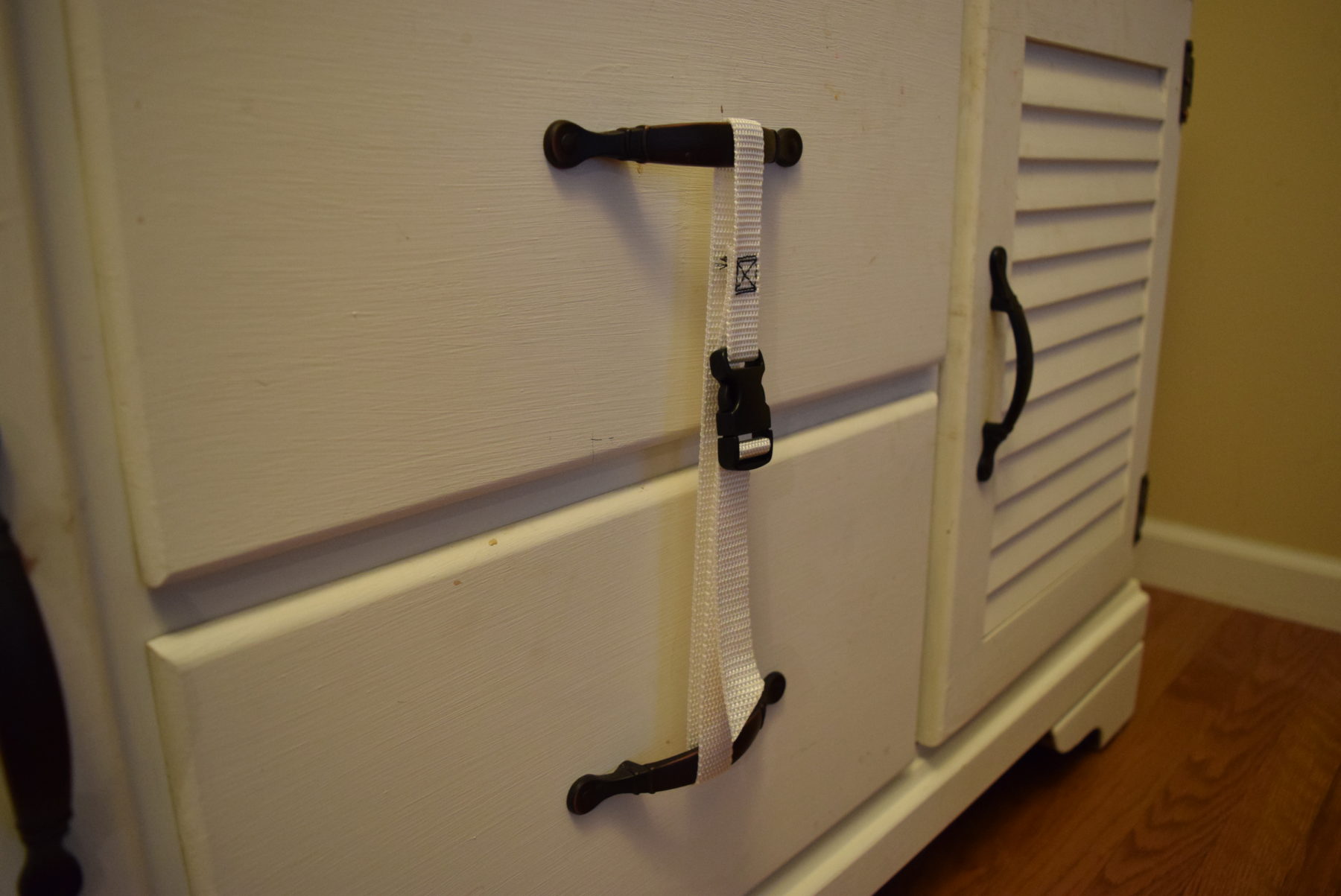
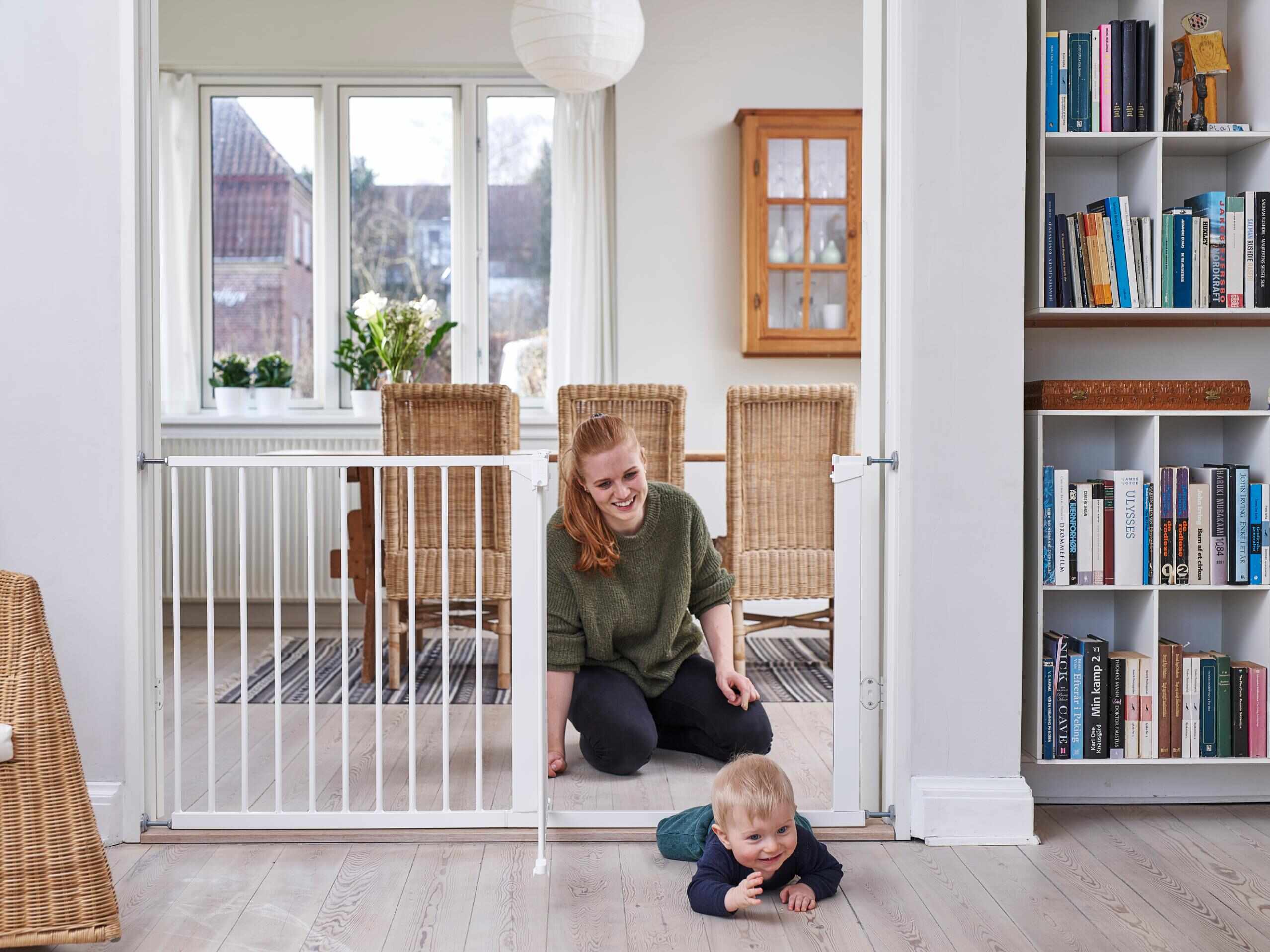
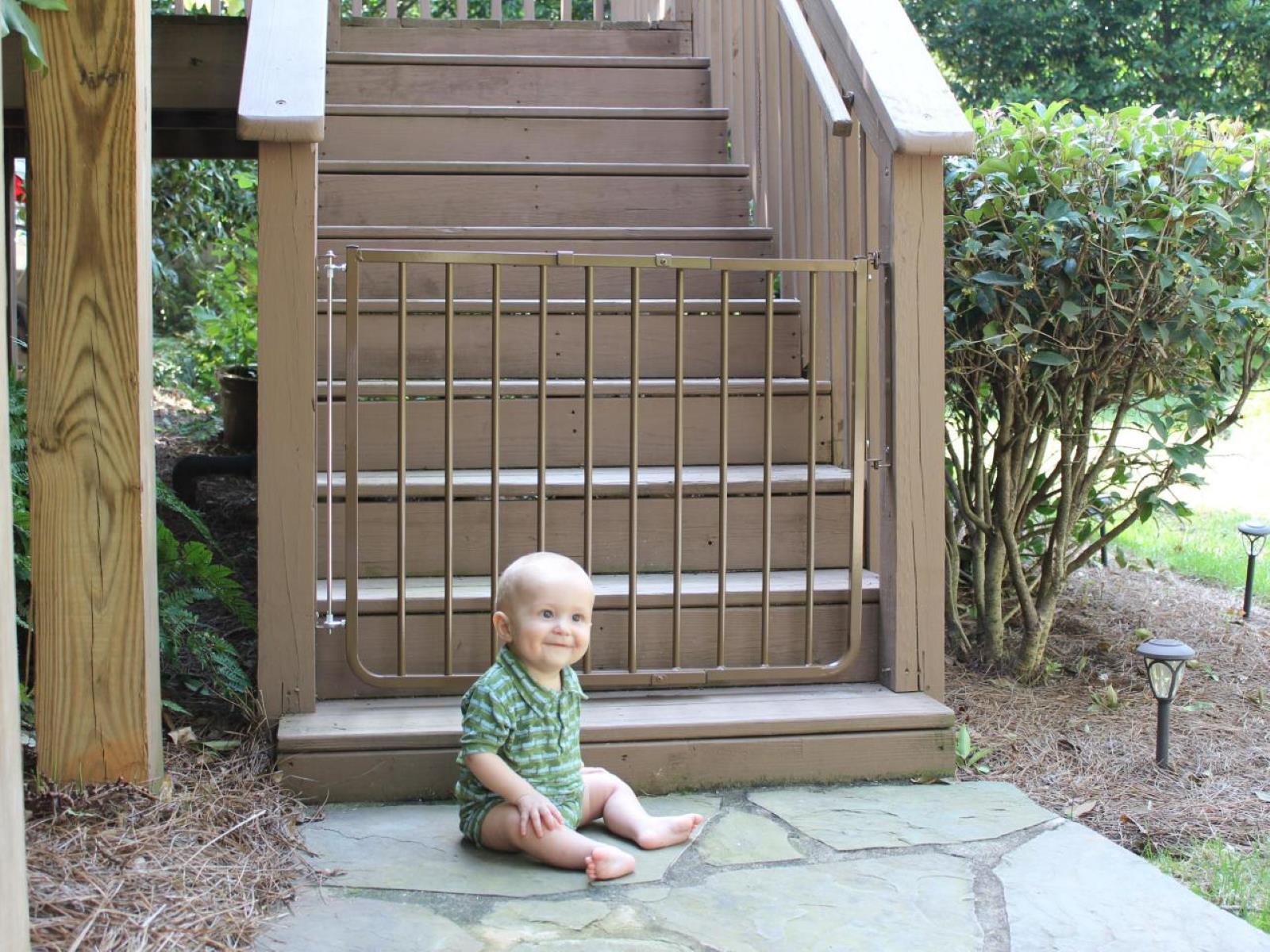
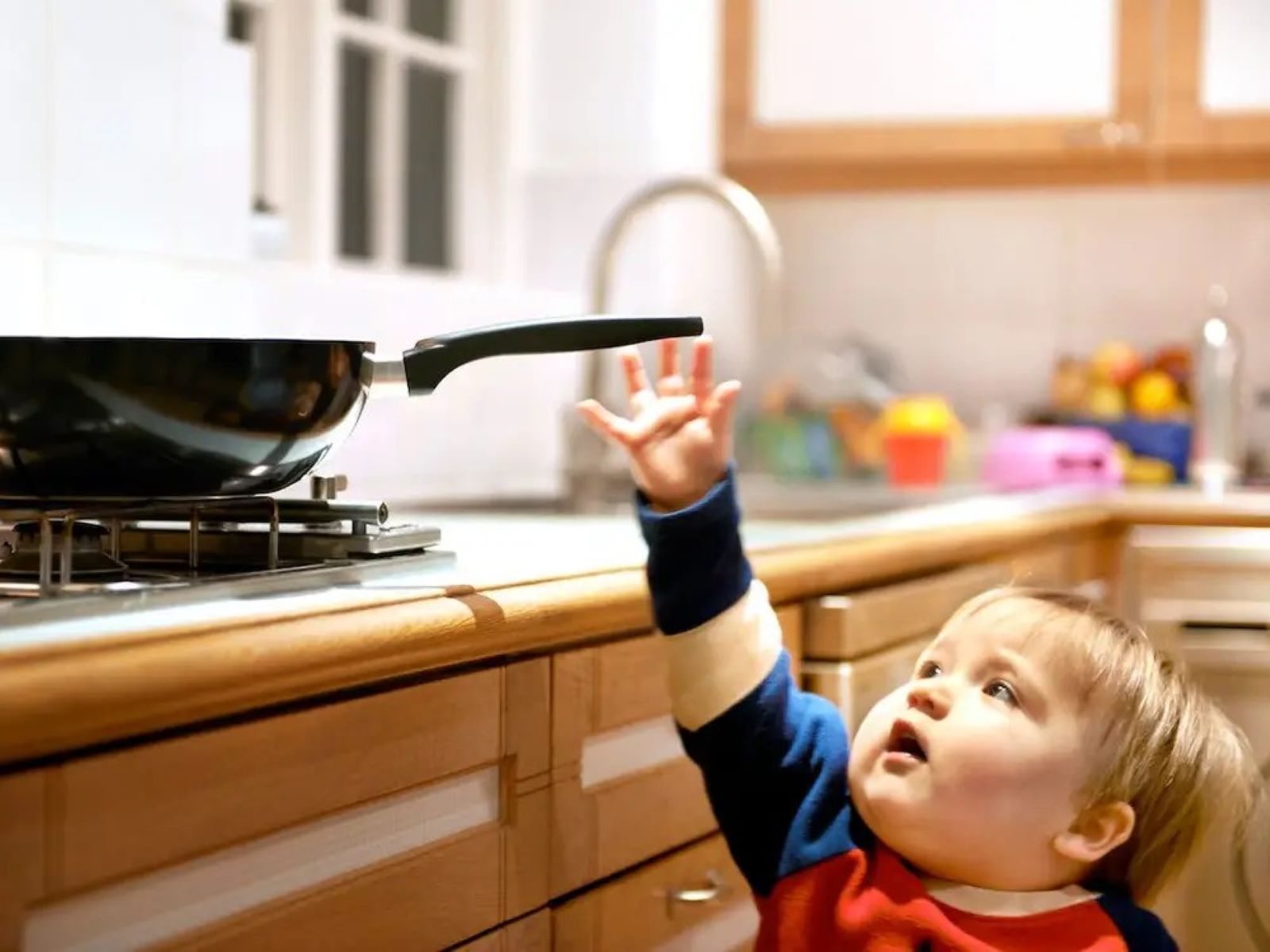
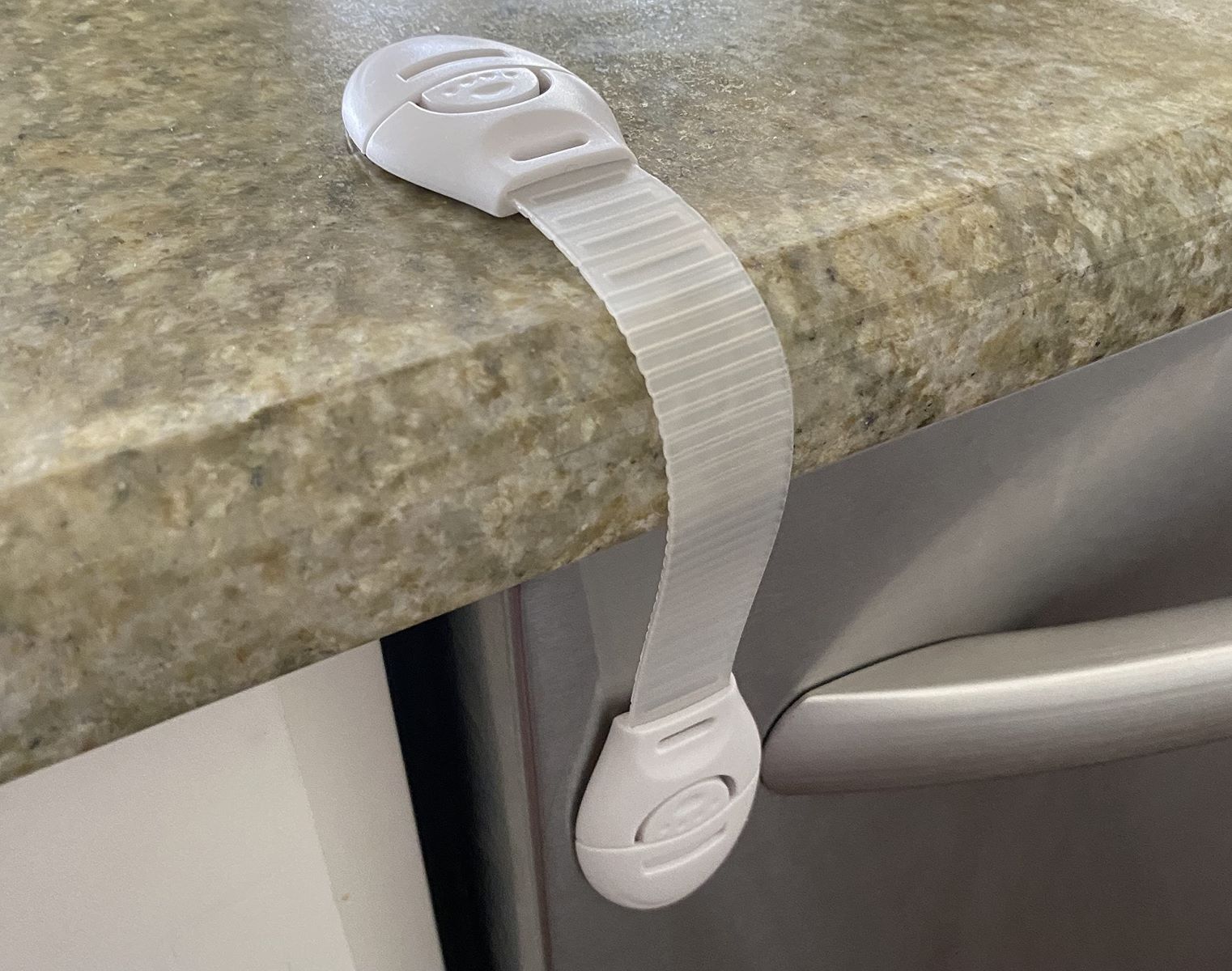

0 thoughts on “How To Childproof A Cabinet”